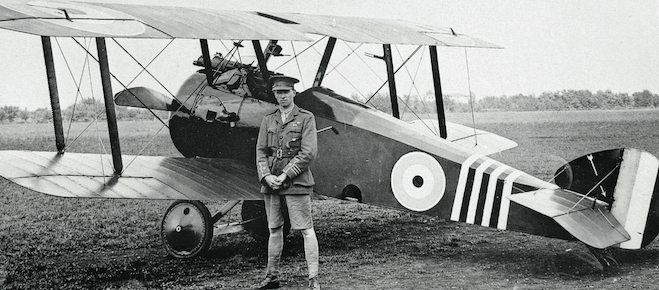Five important Canadians you probably didn’t learn about in school
A history lesson in five points
Share

1. Cornelia De Grassi: The original De Grassi kid, Cornelia was still a teenager when she helped save Toronto from a rebel uprising led by William Lyon Mackenzie in 1837. The daughter of Phillipe De Grassi, a British officer, she rode up Yonge Street to spy on the rebel forces gathered near Montgom- ery’s Tavern. After being captured by the rebels, she escaped on horseback, dodging bullets as she rode back to report that the rebel forces were weak. This embold- ened loyalists, under lieutenant- governor Sir Francis Bond Head, to launch a surprise attack and end the rebellion.
2. John Norton: A crucial native ally to the British during the War of 1812, Norton was born in Scotland to a Cherokee father and Scottish mother, then returned to Canada, first as a soldier then as a schoolmaster in a Mohawk area near Ontario’s Bay of Quinte before becoming Joseph Brant’s deputy. While he and his warriors fought at numerous battles against the Americans, he played a key role at the Battle of Queens- ton Heights. Not only did the war cries of the natives terrify many American troops into refusing to cross the Niagara River, but after Maj. Gen. Isaac Brock was killed, Norton’s warriors fought back the Americans until more help arrived.
3. Viola Desmond: Nine years before Rosa Parks refused to give up her seat to a white passenger on a bus in Alabama, Halifax’s Viola Desmond was thrown out of a Nova Scotia movie theatre for sitting in the whites-only section. Desmond was fined $20 and was convicted of tax evasion for not paying the one-cent tax on seats sold to white customers. She paid the fine but fought the charge in court, ultimately losing after several appeals. On April 14, 2010, the lieutenant-governor of Nova Scotia granted Desmond a posthumous pardon, and she was immortalized by Canada Post with a commemorative stamp.
4. William Barker: Canada’s most decorated serviceman and air combat pilot is not Billy Bishop, but William Barker. Born in Dauphin, Man., Barker fought during the First World War and was credited with shooting down 50 enemy aircraft. He received 12 awards for valour, including the Victoria Cross. On Christmas Day, 1917, Barker and his wingman, Harold Hudson, led an unauthor- ized attack on a German airfield, later fictionalized by Ernest Hemmingway in the short story “The Snows of Kilimanjaro.” When his military career was cut short due to battle injuries, Barker returned to Canada and started several businesses with Bishop, married Bishop’s cousin, and became the first president of the Toronto Maple Leafs in 1927.
5. Sir Frederick Gordon Guggisberg: In the same way Norman Bethune is revered in China, Guggisberg, a native of Galt, Ont., is remembered in Ghana for his time as governor of what was then the Gold Coast colony in the 1920s. Guggisberg is remembered for constructing a deep-water port, extending the country’s railways, establishing what remains one of the most advanced teaching hospitals on the continent, and reforming the country’s education system, all while advocating for a bigger role for traditional rulers. After Ghana achieved independ- ence in 1957, Michael Dei-Anang, a Ghanaian poet and diplomat, described Guggisberg as “that conscientious Canadian,” while a giant statue of Guggisberg was erected in the 1970s.
Sources: Library and archives Canada; Dictionary of Canadian Biography; news sources; Hammond Museum of Radio; Canada Post.
 Have you ever wondered which cities have the most bars, smokers, absentee workers and people searching for love? What about how Canada compares to the world in terms of the size of its military, the size of our houses and the number of cars we own? The nswers to all those questions, and many more, can be found in the first ever Maclean’s Book of Lists.
Have you ever wondered which cities have the most bars, smokers, absentee workers and people searching for love? What about how Canada compares to the world in terms of the size of its military, the size of our houses and the number of cars we own? The nswers to all those questions, and many more, can be found in the first ever Maclean’s Book of Lists.
Buy your copy of the Maclean’s Book of Lists at the newsstand or order online now.